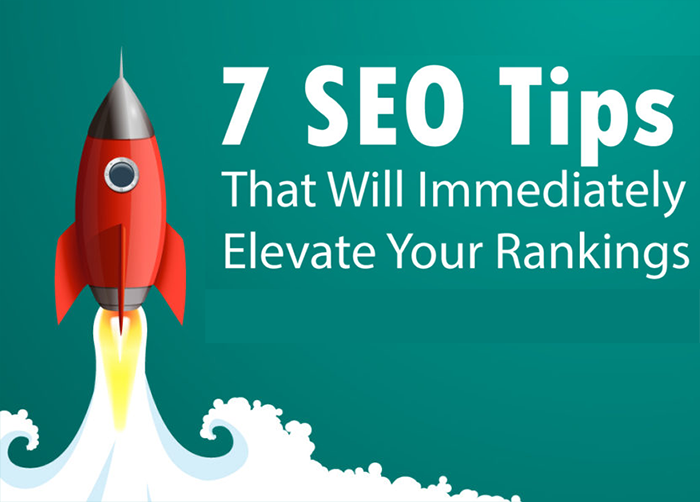From Clicks to Conversions: Turning SEO Visibility Into Revenue Streams
As a business owner or marketer, you know that getting visibility in search engine results is crucial for driving traffic to your website. But what happens after those clicks? Are they translating into actual revenue streams? That’s where the real magic happens – turning those clicks into conversions by using solid SEO strategies. You may wonder why you need SEO now. Well, read on. Get ready to harness the power of SEO visibility and maximize your revenue potential.
Optimize Landing Pages
 When it comes to turning clicks into conversions, optimizing your landing pages is key. A well-optimized landing page can make all the difference in persuading visitors to take action and become paying customers. That said, be sure that your landing page is visually appealing and user-friendly. Use high-quality images, clear headlines, and concise copy that communicates the value of your product or service. Make sure the call-to-action (CTA) stands out prominently on the page so users know exactly what action you want them to take. Optimizing for SEO is also crucial in driving organic traffic to your landing page.
When it comes to turning clicks into conversions, optimizing your landing pages is key. A well-optimized landing page can make all the difference in persuading visitors to take action and become paying customers. That said, be sure that your landing page is visually appealing and user-friendly. Use high-quality images, clear headlines, and concise copy that communicates the value of your product or service. Make sure the call-to-action (CTA) stands out prominently on the page so users know exactly what action you want them to take. Optimizing for SEO is also crucial in driving organic traffic to your landing page.
Another important aspect of optimizing landing pages is ensuring fast loading times, so optimize image sizes, reduce unnecessary plugins or scripts, and use caching techniques for improved speed. Don’t forget about mobile optimization.
Implement E-Commerce SEO Strategies
How can you go beyond just getting clicks and turn that visibility into actual revenue streams? By implementing effective e-commerce SEO strategies. Now, you need to conduct thorough keyword research specific to your products or services. Next, optimize your product pages by including relevant keywords you just found in the page titles, meta descriptions, headings, and throughout the content. Make sure each product has a unique description that highlights its features and benefits. In addition to optimizing individual product pages, don’t forget about the overall structure of your website. Create user-friendly URLs that include descriptive keywords instead of generic numbers or symbols.
Track and Analyze Conversions
 When it comes to turning SEO visibility into revenue streams, tracking and analyzing conversions is a crucial step. After all, you can’t improve what you don’t measure! By closely monitoring your conversion rates, you can gain valuable, informative insights into the effectiveness of your SEO efforts and make great data-driven decisions to optimize your strategies. One way to track conversions is by setting up goals in Google Analytics. This allows you to monitor specific actions taken by visitors on your website, such as completing a purchase or filling out a contact form. By understanding which channels and keywords are driving the most conversions, you finally can allocate resources way more effectively and focus on optimizing those areas further.
When it comes to turning SEO visibility into revenue streams, tracking and analyzing conversions is a crucial step. After all, you can’t improve what you don’t measure! By closely monitoring your conversion rates, you can gain valuable, informative insights into the effectiveness of your SEO efforts and make great data-driven decisions to optimize your strategies. One way to track conversions is by setting up goals in Google Analytics. This allows you to monitor specific actions taken by visitors on your website, such as completing a purchase or filling out a contact form. By understanding which channels and keywords are driving the most conversions, you finally can allocate resources way more effectively and focus on optimizing those areas further.
Run A/B Testing for Continuous Improvement
By creating two or more versions of a webpage and running experiments to see which one performs better, you can make data-driven decisions to optimize your site for maximum results. When conducting A/B tests, it’s important to focus on specific elements that have the potential to impact user behavior and conversion rates. One common mistake when running A/B tests is making too many changes at once. It’s important to isolate variables so that you can accurately determine which specific element is responsible for any observed differences in performance. This approach allows for more targeted optimization efforts based on reliable data.
Harnessing the power of SEO requires more than just ranking highly on search engines—it’s about converting those clicks into tangible results. By optimizing landing pages, implementing e-commerce strategies specific to your business niche, tracking conversions analytically, and consistently experimenting with A/B testing for improvements – you’ll be well on your way toward increasing revenue through effective SEO practices.






